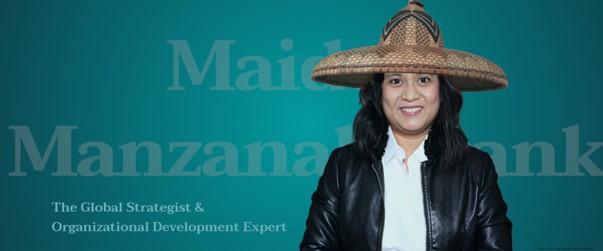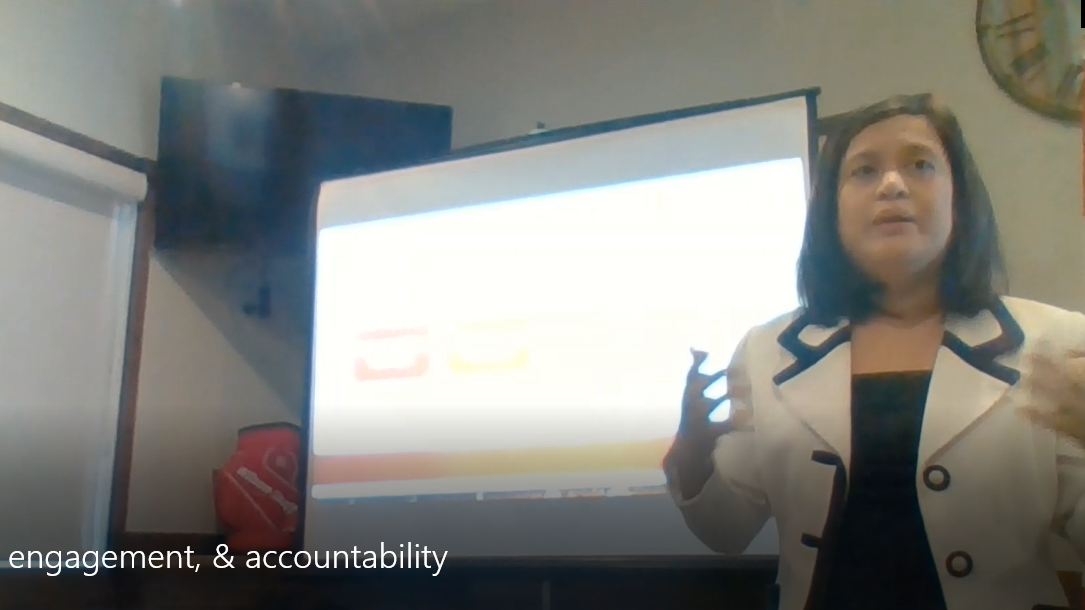Archives
April 2024
Categories
All
|
Back to Blog
UNLIKELY BEDFELLOWS4/24/2023 Like the Black See Grain initiative powered by the UN between Ukraine, Russia and Turkey to free up the grains to address the growing food insecurity in many parts of the world, this deal is highly contentious. While currently warring, the two factions managed to put aside their strife to think about how the grains from Ukraine could solve another world problem. Albeit, for very selfish reasons, they came together, debated endlessly, sought side deals and concessions, and almost broke down the negotiations. So much for what UN calls 'restricted diplomacy.' While highly volatile and unpredictable, when pulled together, enemies can be brought to the table with very clear political or economic objective, facilitated by multilateral actors who are perceived as neutral or non-partial to the central conflict. It seemed that limited trust can be fostered on a very narrow set of targets with disincentive for non-cooperation and rewards for its maintenance. The world is fraught with conflicts and war-mongering. The stances of governments and politicians are more towards creating division and polarization rather than creating a pathway towards reconciliation and unity within a diverse framework. Negotiations seldom accomplish their purpose because of the insistence that all wrongs and disagreements on all fronts had to be taken down first which is not the way to go. This initiative proves that with a strong political will, enemies can sign the same accord separately without the face-to-face interaction but still agree on the document. Even though the terms are fairly slim, that could be start of more talks and less fighting on the ground. This is possible but very hard to put together and maintain, but do we have a choice?
0 Comments
Read More
Back to Blog
UNPERSUADABLE4/20/2023 We know for a fact that not everyone will like what you do and will believe what you say and stand for. That's very obvious. But there's a class of people who will never believe and will not be persuaded even in the face of great supporting evidence or contrarian evidence. We call these people unpersuadable. They will dig on their heels but will never capitulate maybe because of ego, apathy, lack of trust with the other person or their leaders, or merely because they want to play that way. What is insidious is the fact that this attitude is totally annoying and a barrier to engagement. Organizations dealing with these kinds of people are reluctant to confront the unpersuadable for fear that they could be more entrenched with an extreme position or lack thereof. Change management analytics will determine that a different strategy should be employed for the unpersuadable such as keeping them at arm's length and providing information that they need without the urge to win them over. Realistically, let them know that it's not okay to be unpersuadable. It's a character flaw and by acting that way, shows you their real worth. If it's someone you have no relations or context with, walk away.
Back to Blog
DIRE SITUATION3/13/2023  There is a family member I know that walked into an equipment store and asked the store clerk, "Do you have a diarrhea? Sorry a screw instead. He was having one apparently and had to quickly check if he had the urge to go when the calamity strikes. But since, the word "D" is top of mind, that's the one that just got blurted out of the blue. That hurt my stomach laughing at this silliest and most honest mistake. How come we can't seem to control our tongue in moments when we should be more polite or proper? Amazing, how this censorship out of our socialization gets thrown out of the window with a slip of a tongue, or in a form of a half-joke, or a sarcasm hidden behind good flattery. Our expression is what we all have and how we use language, control it, contort it and conceal its real meaning is a trait that requires its own perfection. A sage person remarked, that "the one that can control his mouth, is the one that can control his destiny." Except in a dire situation such as this when nature wants a release, it pays to have a complete rein in on our mouths. Less talk, less trouble. |
 RSS Feed
RSS Feed

